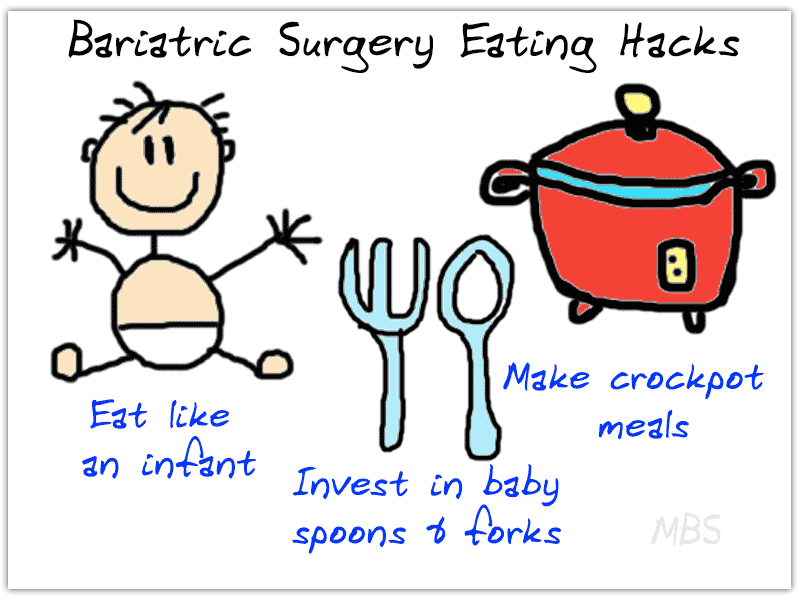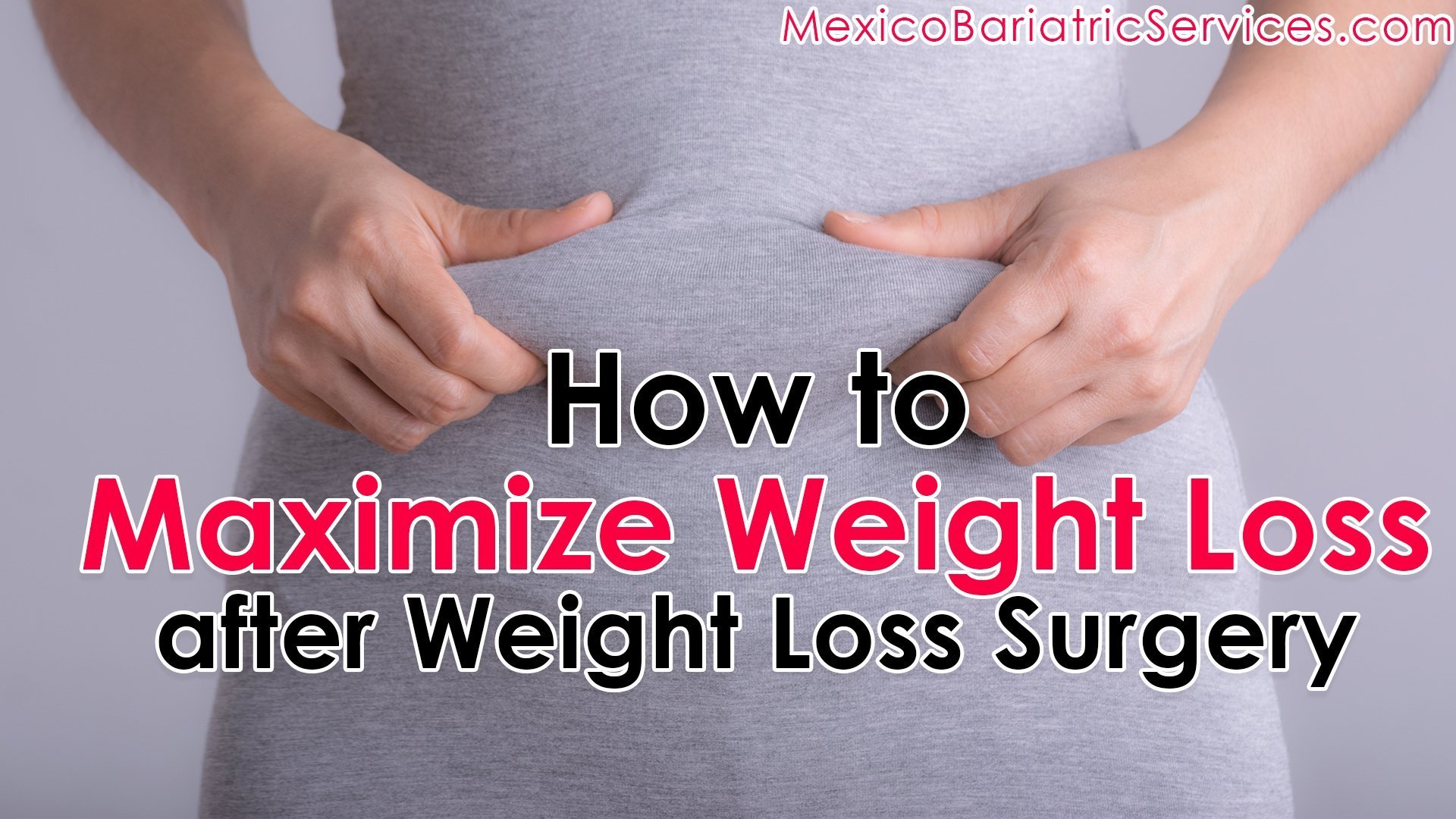Maximizing Weight Loss After Bariatric Surgery
Medically Reviewed by Katelyn J. Mock, US-Registered Dietician (R.D.)
Question: I’m not happy with what my expected goal weight would be. How do I maximize weight loss after bariatric surgery?
Our US-RD says (audio transcription):
Remember that the expected weight loss after surgery is just an average. Obviously eating a variety of healthy foods and being active is the key to maximizing effects of surgery. However, in my personal experience, most patients have a very good understanding of the food and exercise component. It is in other, more personal areas where they struggle.
Recognizing areas that made it difficult for you to change in the past within regards to eating healthy and exercise before surgery and continuing to work on those areas after surgery is a great way to try and maximize the effects of surgery. It is important to remember that surgery is just one tool to help you get healthy.
- Start by focusing on eating healthy and managing “bad habits” (habits like eating on the run, or in front of the television, or waiting too long between meals/snacks, or not planning ahead, etc). Pick 1-2 areas where you know you work and focus on making those changes initially.
- Think about personal issues that have made following a diet and getting healthy in the past difficult. Examples of this may be that you didn’t have support from your family, or maybe you have struggled with emotional eating. These are areas that are not fixed by surgery and ALMOST ALWAYS come up again and again if you avoid working on them.
Guide to Eating for Successful Outcomes
- Think about the first 6 to 12 weeks as if you are an infant, i.e. advancing to the solid foods for the first time.
- You would be on a liquid diet before and 2 weeks after surgery just like a new-born baby. After the liquid diet, you’d need to wean yourself off the liquid diet into a puree diet.
So, when you think about a baby, the first time that they eat, they don’t have a peanut butter jelly and whole apple, right? They start with something like a pureed vegetable, fruit, rice cereal or yogurt. This is exactly what you want to do the first time you have something solid again after surgery.
Pureed Diet Options
So for a pureed diet you want to:
- Strained cream soup
- Diluted yogurt
- Applesauce
- Pureed fruits or vegetables
A protein drink is common too. So, go for something very liquidy, very simple, easy to tolerate and then from there you can advance to softer foods about a month if you’re doing the sleeve.
For bypass, it can be a little bit earlier and that’s because you don’t have as long a suture line as in a gastric sleeve. In Gastric Sleeve they remove three-quarters of your stomach. There is a very long suture line and you really have to let that heal.
Not Everything You can Tolerate is Good for You
I have heard people say, “I can tolerate French fries” – it’s true I heard someone say that – or regular meatloaf or whatever, just because you can tolerate it, it doesn’t mean to be a good thing at this point as you really want to let that suture line heal.

Advancing to Soft Foods
From purees, you can advance to more soft foods. I would like to think of crockpot meals. Very, very tender, moist – you just need a fork to cut through the meat or potato, no-knives-required kind of diet. if you think about a baby, that’s also what they advance to. It may be some diced bananas, cubed cheese, very, very simple soft, tender foods.
Invest in Baby Spoons and Forks
- You can also think about getting some baby spoons and forks. I think these are some very cheap investment.
- If you have anyone in your family that has a baby, maybe you can ask just to borrow a couple for a month or so because these not only train your mind as far as how much you can have and it will also train your hands to grab just a small amount because that is all that can fit in your fork or your spoon.
- As opposed to using your normal silverware, it can be very hard to keep that dime-sized bite in your mind or getting a half teaspoon size out of what you should be having per bite.
Dime as a Guide for Bite Size
- You can also put a dime on the table that is about the size of something that you want to eat.
- So, if we think about a banana you don’t want to slice it into halves and have that one whole piece.
- You want to cut that into two or three maybe four pieces depending on how big it is.
- So, once again just think of your stomach like that of a baby.
- Ask yourself – will you give this to your eight-month-old? If you wouldn’t then you don’t want to have it for those first few weeks either. Or you want to cut it up or cook it up a little bit more. Or make it softer.
Whatever it is for that food. So, let me know if you have any questions. I hope this is helpful for those who are just a few weeks post-op. or those of you who are getting ready for surgery in the next couple of months.”


